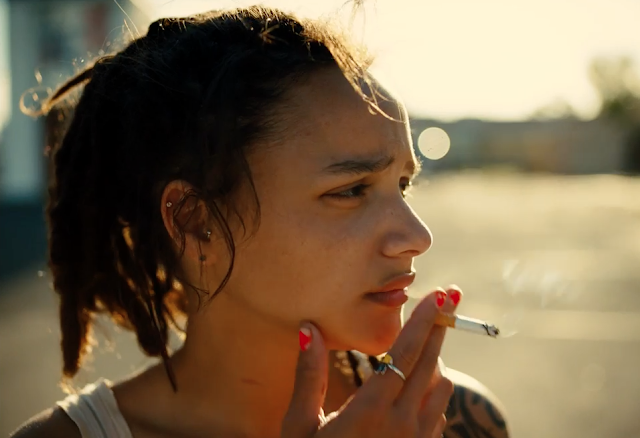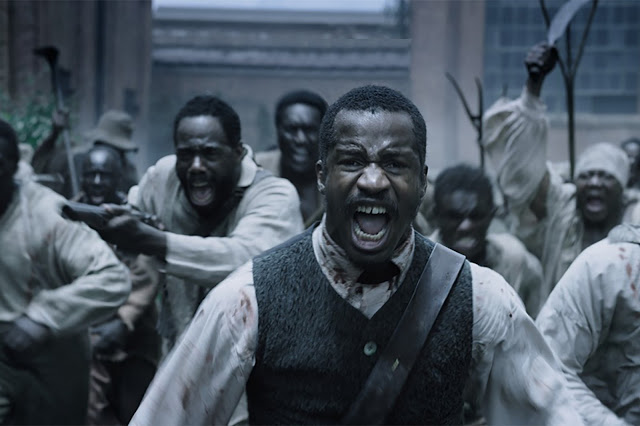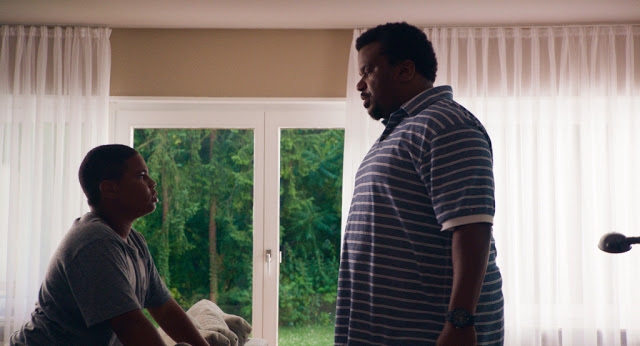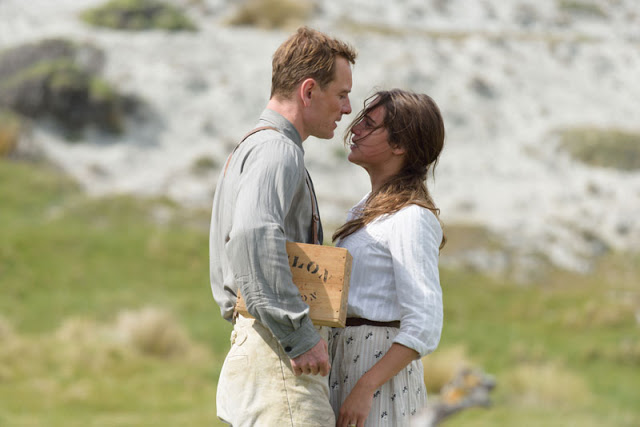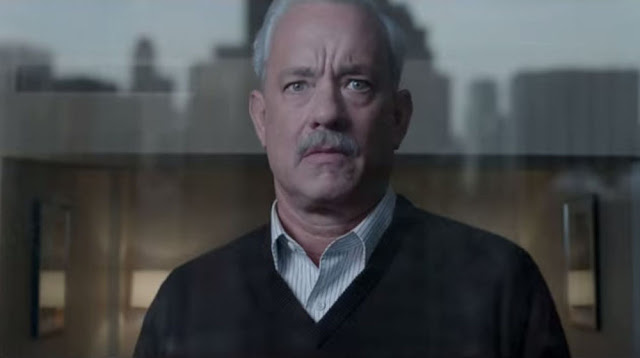American Honey: Heading Door to Door, Looking for a New Life
A scraggly valentine to the majesty and misery of the pursuit of happiness, American Honey is a sprawling, glorious mess of a movie, one that both gladdens and maddens. The first stateside film from the British director Andrea Arnold, it is nothing less than a grand statement on the quixotic fragility of the American dream, even if it is also a quiet, poignant character study. This duality—ambition fused with intimacy—is tough to pull off, and on occasion here, the panoramic threatens to overwhelm the personal. But the pluck of American Honey cannot be denied, and neither can its heroine, a wellspring of defiance and heartbreak who is fittingly named Star.
Played in a searing debut performance by Sasha Lane, Star is an 18-year-old living in an Oklahoma backwater; when we first see her, she’s rummaging through a dumpster, searching for food. She’s down on her luck, no question, but there’s a calming matter-of-factness to the image, and both Arnold and Lane ensure that Star doesn’t come across as yet another wretched lass in need of salvation. Still, things could certainly be better, as we learn during a swift and economical prologue. Arnold has never been one for hand-holding—she plops you down with her protagonists and lets you uncover their mysteries for yourself—and American Honey is gratifyingly devoid of exposition. All it takes is a quick, mostly silent scene in Star’s modest apartment—where her boyfriend is handsy and a Confederate flag adorns one wall—and it’s clear that she wants to break free from the shackles of her routine. So it’s hard to blame her when she lugs her young half-siblings to a bar, dumps them with their mother, and sprints off into the hot southern night. Read More

